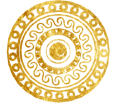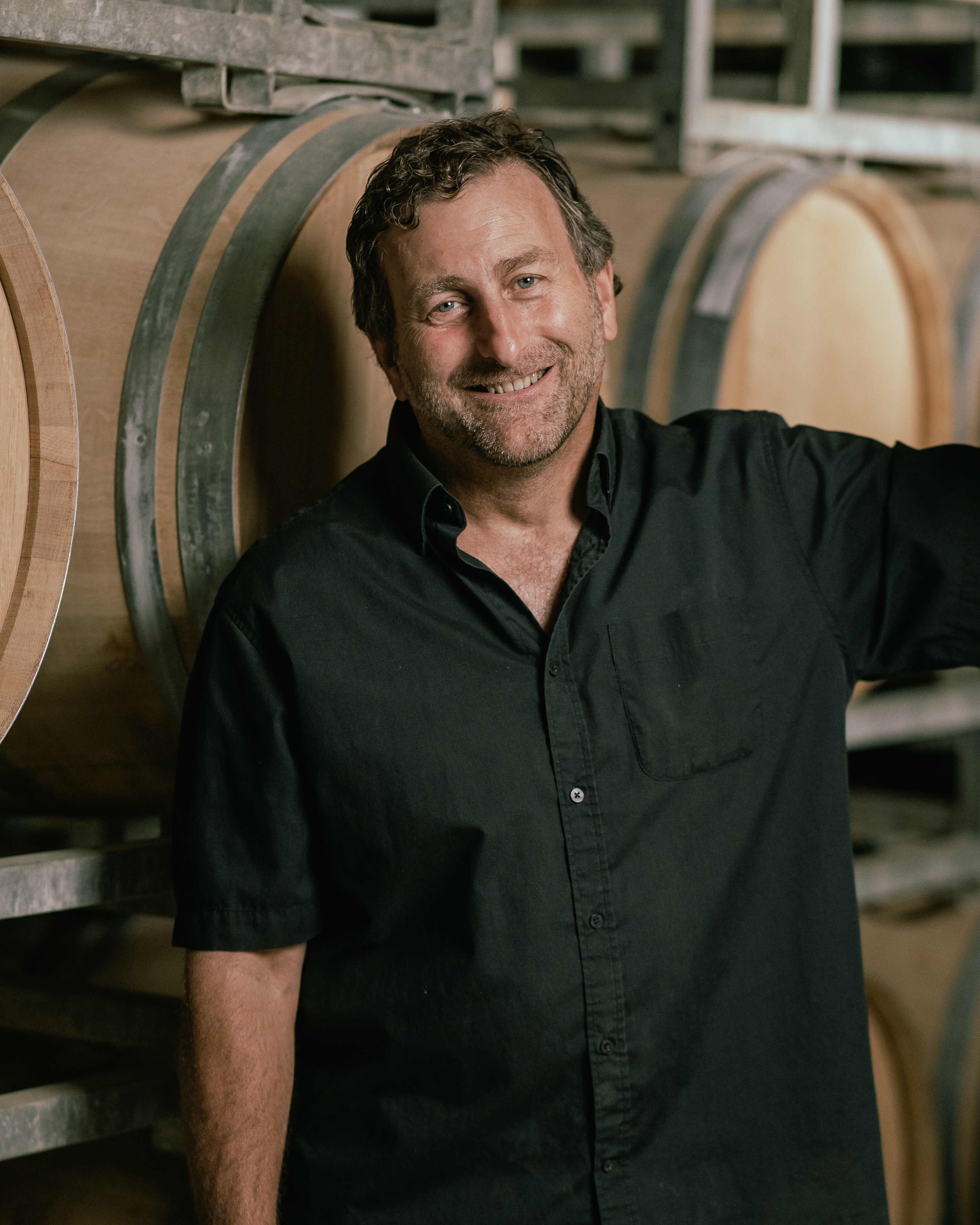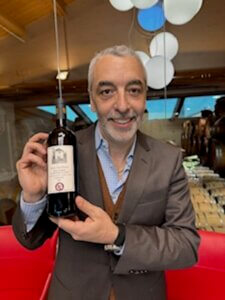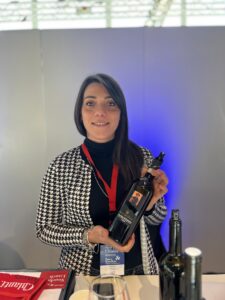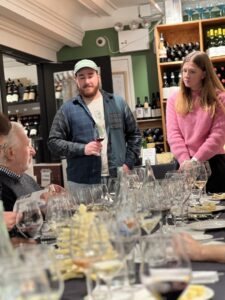Lawrence Cronin of Tenuta di Arceno - Winemaker Interview
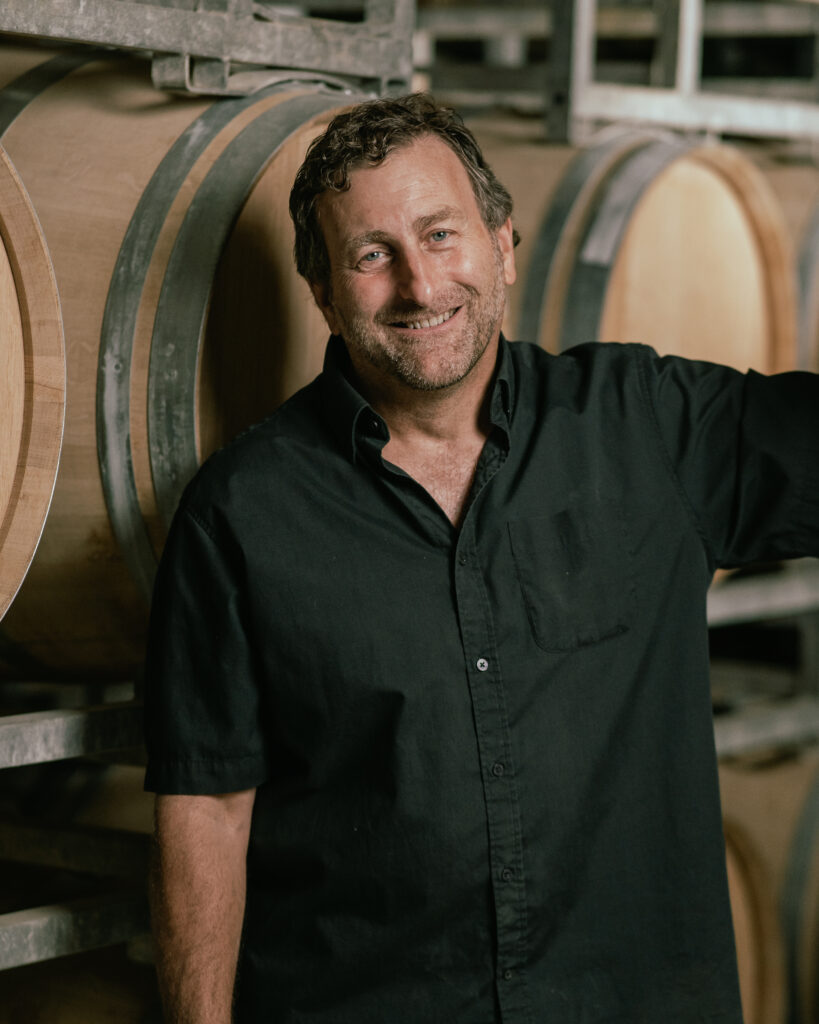
How did you end up in the wine business?
I started out as a chemist and finished university for chemical toxicology. My first “real” job was as a chemist in the Sierra Foothills in California.
On the weekends in search of swimming holes and waterfalls, one passed by many wineries. It was there that began my scientific “tasting” of wine.
My first love was a Renwood Barbera. Going back further, I was born in New York City to Sicilian and Irish parents. I grew up in NYC and New Jersey in the almost cliché Italian family with an Uncle Tony, Uncle Rocky, Cousin Vinny, etc.
My first memories of wine were my Uncle Gus in the La-Z-Boy with the gallon glass jug of homemade wine at his side. Growing up my grandmother still lived in Sicily, and we still have the family house to this day, so the Italian roots (though Americanized) were never that far.
Back to California, when I was in the Sierra Foothills my mother moved from Long Beach Island, New Jersey to Mendocino, California, which is about a three hour drive from where I lived. I often visited her in Mendocino and to get there I had to pass through the majestic Anderson Valley – Pinot Noir and Chardonnay country.
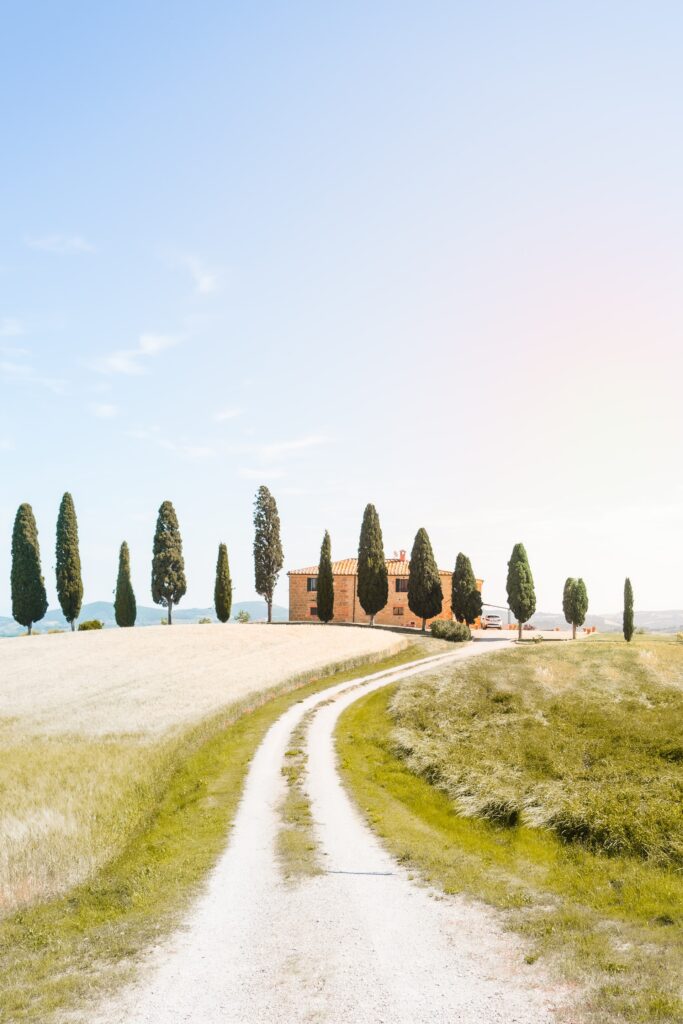
You’ve traveled around the world as a winemaker … how has this shaped the way you make wine and/or manage people?
In terms of making wine, I have learned something everywhere I have worked – good and bad. I hope to learn to avoid the mistakes of others and attempt to apply the positives to my little corner of the world without altering the style. The most important thing to make great wine is to understand the region, which this takes years.
When I look back at my first five years here in the Chianti Classico region, I realize now how much I did not know. In terms of working with people, appreciate how the new world is a little more open. There are less secrets between wineries and less of a distinction and distance between the winemaker and cellar worker. I worked in a winery once where the winemaker walked through the cellar in Ferragamo shoes, a clipboard and a lab coat.
I use my Ferragamo shoes for Saturday night and for wine events. In the end, I like to think I work with my guys (in boots) and not manage them. Everyone who touches the wine is making the wine. In the end we are five people here in the cellar, everyone makes the wine, and it’s important they each feel part of it.
What advice do you have for Americans who dream of making wine abroad?
This can be something that can be hard to plan, but sometimes things happen and it all falls into place. It’s about being in the right place at the right time and it’s up to the individual to get to the place. If you are a wine student, there are wonderful opportunities to travel and work vintages around the world – wineries always need people around the harvest. It’s great fun, you learn, there is a lot of great wine to drink, and maybe even find some romance along the way. I suggest seeking a small winery where you get to see and be part of everything.
If you had the freedom/money to build your own winery, what type of wine would you produce and where?
A little place here in Italy with Sangiovese or a little winery in Anderson Valley with Pinot Noir.
I was not very fulfilled being a chemist, so I packed up and moved to Mendocino. I arrived with no job lined up. On the way, I dropped off resumes at some wineries thinking I could be the lab chemist at a winery. It was June and I got a job as a bartender in an Irish pub and worked the desk at a hippie hot tub/massage place.
That fall, a winery called and offered me a harvest lab position. That was 1995 and the winery was Edmeades, owned by Jackson Family Wines. I am still working for the Jackson family today. Edmeades was the perfect place to learn about wine. I was one of three full time cellar workers and I really enjoyed being so close to the fermentations, the aromas, and seeing the grapes change to wine little by little each day.
It was a rustic, hands-on job and I got a crash course in winemaking. That was the beginning, and since working in California I have worked in New Zealand, Australia, Chile, Sicily and now for almost 20 years here in Toscana (Chianti Classico Region).
How does winemaking differ at Jackson Family Wines’ Estates in California and in Italy?
The weather is quite different here. It stops raining in California in May and starts up again after the harvest. In this part of Italy, it could be a sunny summer day and then thunderstorms could roll in. It is a bit more challenging for things like mildew and botrytis here and changes the approach to farming and the grapes grown.
While California has vintage variations, here, the swing is much greater- hot, dry years create wines with more powerful fruit and the cooler years create more elegant wines with more earthiness.
Initially the biggest winemaking challenge was adapting the winemaking to the varying vintage conditions. For example, the amount of extraction I’m looking for at pump overs depends on the type of year we have. I think winemakers react to the place we are in and make wine according to the soils and the grapes with which we’re working. We have to learn what to do and what not do along the way and adapt.
I went to university in Syracuse, NY for a couple of years before California and I was friends with a great wrestler there. His approach was “never conquer, only adapt,” and I keep this philosophy for many things. I can change how I make wine according to the grapes the land gives me, but I can’t change the soul of the land.
Does Italy have more concerns in the winery or the vineyard than other places in the world?
Other than the weather mentioned above, there are more rules here about making wine.
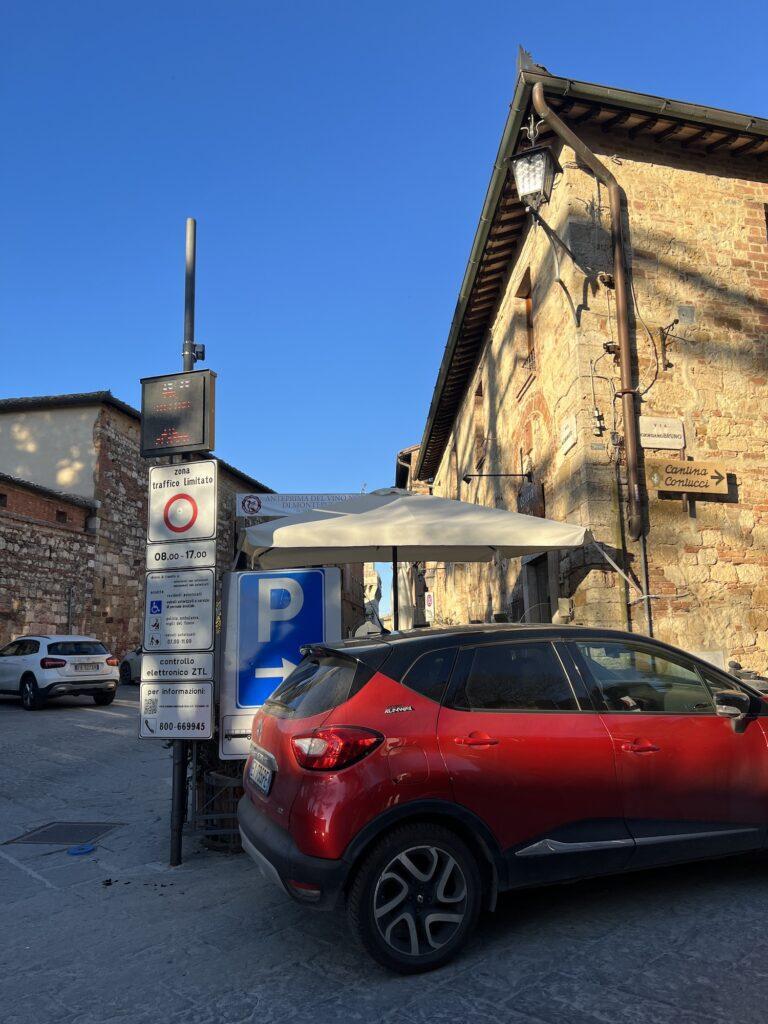
If you’ve been in the position to create a new blend, what factors go into it?
As the vintages are so different, every year feels like a new blend. We make six different wines here and we are in a cycle of planting new blocks and sometimes replanting blocks that have passed their prime. When that fruit comes in, for me, it’s a brand new experience.
We have some new Sangiovese planted at 550-600 meters from which we will be making a new small batch wine, a Gran Selezione. So for me, a new blend has been born. We make a Super Tuscan here called Arcanum (Etruscan for Arceno). In the past it was a blend of about 60% Cabernet Franc, 20% Merlot, 15% Cabernet Sauvignon, 5% Petit Verdot, varied a bit year to year.
When I arrived here in 2002, we had 1.2ha of Cabernet Franc and now we have 17ha. Since 2016 we have been able to craft this wine from 100% Cabernet Franc – it’s a blend of different blocks of Cabernet Franc that all have their distinct signature. In the end the vineyards and soil decide the wines and blends. You won’t succeed for long if you try to force a blend.
Thank you, Mr. Cronin!
